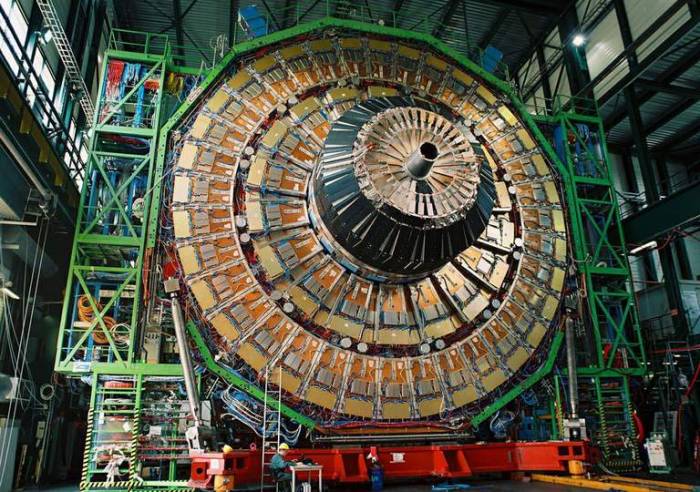This is the home of the Baksan Neutrino Observatory, a warren of tunnels and laboratories burrowed two miles into a mountain, sheltered from the outside universe and cosmic rays underneath 12,000 feet of rock. There, vats of liquid wait to record the flight of neutrinos from the centre of the sun, from exploding stars, atomic reactors and the Big Bang itself, carrying messages through time.
Neutrinos are the ghost riders of the cosmos, mostly impervious to the forces, like electromagnetism, with which other denizens of nature interact. Neutrinos cruise unmolested through rocks, the earth and even our bodies. In the words of a famous poem by John Updike, they “insult the stallion in his stall”.
The most delicate measurements so far indicate that an individual neutrino weighs less than 1 millionth what an electron weighs. Baksan is not the only place dedicated to their surreal pursuit.
The men and women of Neytrino share an underground union with scientists scattered around the world in equally deep places: the Sanford Underground Research Facility in the former Homestake gold mine in Lead, South Dakota; the Gran Sasso national laboratory, beneath the mountain of that name in Italy; the Sudbury Neutrino observatory in Ontario, Canada; the Super-Kamiokande, deep within Mount Ikeno, Japan; and IceCube, an array of detectors buried in ice at the South Pole.
All of them are trying to listen to quantum whispers about the nature of reality.
One of Baksan’s biggest claims to fame to date is having caught neutrinos emitted by thermonuclear reactions in the centre of the sun in nearly 60 tonnes of liquid gallium. The experiment, called Sage (Soviet-American Gallium Experiment), proved that scientists actually do know what powers our favourite star, source of our life and light.
Since the fall of the Soviet Union, the scientists in Baksan have had to fend off both thieves and the Russian government to keep their gallium, an element that goes for some $500 (£383) a kilogram.
Physicists know that neutrinos come in at least three flavours, known as electron, muon and tau neutrinos, depending on their subatomic origin. To add to the confusion, neutrinos have a kind of quantum superpower: they can moult from one type to another, sort of like a prison-breaker changing clothes during the escape. An electron neutrino, say, can emerge from a nuclear reactor in one place and appear in a detector somewhere else as a muon neutrino. This complicates the cosmic accounting of these creatures.
Physicists are arguing intensely these days over whether there is evidence for a fourth type, called sterile neutrinos. That is the object of a new experiment called Best (Baksan Experiment on Sterile Transitions), now underway in the rusty Baksan tunnels.
Although neutrinos are the lightest and flimsiest and perhaps most fickle particles of the universe, they are also the most numerous, outnumbering the protons and electrons that make up us and ordinary matter by a billion to one. And so neutrinos contribute about as much mass to the universe as the visible stars.
An extra population of neutrinos discovered by scientists in a cave in the Caucasus would affect basic calculations of the expansion of the universe.
The discovery this month of a high-energy neutrino from a far distant galaxy passing through the IceCube detector at the South Pole elicited headlines around the world.
Meanwhile, unaware that they are being harassed by extraterrestrial visitors, horses graze outside Baksan, and life goes on, whether we understand it or not.
The Independent
More about: universe
















































